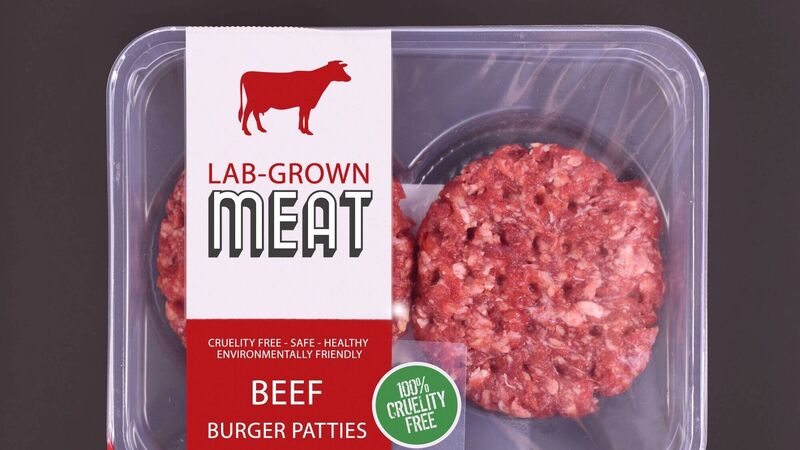What’s the beef about artificial meat?

A survey of almost 3,700 people found that almost one third of people would switch to alternative protein products if they had a positive climate impact.
The Intergovernmental Panel on Climate Change report 2022 states that climate change is a grave and mounting threat to well-being and the health of the planet, with the world facing unavoidable multiple climate hazards with global warming of 1.5 degrees, and that ambitious accelerated action is required to make rapid, deep cuts in greenhouse gas emissions.
As methane traps 80 times more heat than carbon dioxide over the 20 years after it has been generated and has a mean half-life of nine years in the atmosphere, compared with more than 100 years for carbon dioxide, cutting methane is the single most effective method of radically curtailing global warming and climate change over the next 25 years, giving us breathing space to emerge from reliance on fossil fuels.
CLIMATE & SUSTAINABILITY HUB
















